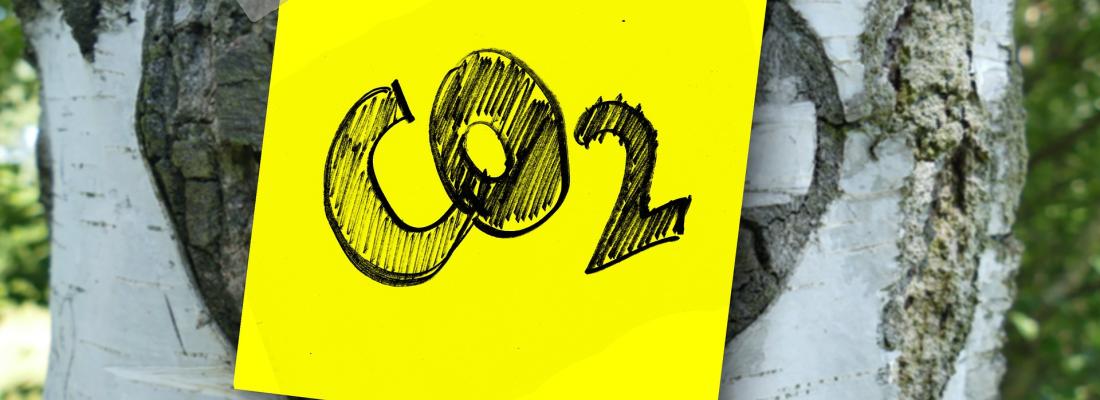Bioeconomy Reading time 3 min
Carbon credits: enhanced credibility through better impact measurements
Published on 02 July 2025

Carbon credits are used by companies as a way to offset their greenhouse gas emissions (GHGs) by investing in projects that reduce or sequester carbon. These carbon offsets are used in many industries where the ecological transition requires significant financing (e.g. forestry, agriculture, transport, construction, waste management). However, inaccurate baseline scenarios for projects and their impacts can cast doubt on the credibility of these offsets.
To quantify the carbon offsets a project may produce, certifiers refer to a baseline scenario – in other words, what the situation would be like without the project. For example, in the case of deforestation, this would entail showing that the project effectively reduces deforestation in an area, and that deforestation rates would have been much higher otherwise. For a renewable energy project, it would mean showing that without the project, electricity needs would have been met using fossil fuels.
But scientific evaluations after project implementation frequently find that the actual emissions reductions attributed to carbon offsets are overestimated. As a result, this carbon offset strategy could be widely adopted by private companies, without any real effect on the climate.
To address this issue, an international research team coordinated by INRAE and involving the Toulouse School of Economics, Université Paris Dauphine-PSL and the Institut Agro has suggested generalizing the use of academic research methods that are more reliable to estimate the expected impacts of projects.
These quasi-experimental methods compare a project area to a control area that is selected based on similarity criteria. For example, to isolate the causal effect of a deforestation reduction policy, researchers could use satellite data to determine deforestation levels before and after project implementation, comparing project areas to similar control areas over the same period. This enhanced methodological approach could reduce the carbon offset supply, but would improve the quality of results by ensuring that GHG emissions are actually lowered.
One of the obstacles to generalizing this method lies in the secondary uncertainty faced by project implementers. With this type of method, implementers must accept the risk of not knowing how many credits they will receive. To overcome this hurdle, the researchers suggest using mechanisms such as risk sharing along the value chain. Companies could support project financing early on through climate contributions that would not be part of their climate strategies but would guarantee initial funding for project developers. If an ex-post evaluation then showed a project made a genuine impact, an additional payment could be made so that companies could include these credits in their climate strategy and environmental claims to increase funding for projects with proven effectiveness.
As COP30 nears – where carbon credit regulation will be discussed – this work shows that it is possible to raise the bar for this tool.
Reference
Delacote P., Chabé-Ferret S., Creti Anna. et al. (2025). Restoring credibility in carbon offsets through systematic ex-post evaluation. Nature Sustainability, DOI: https://doi.org/10.1038/s41893-025-01589-7
